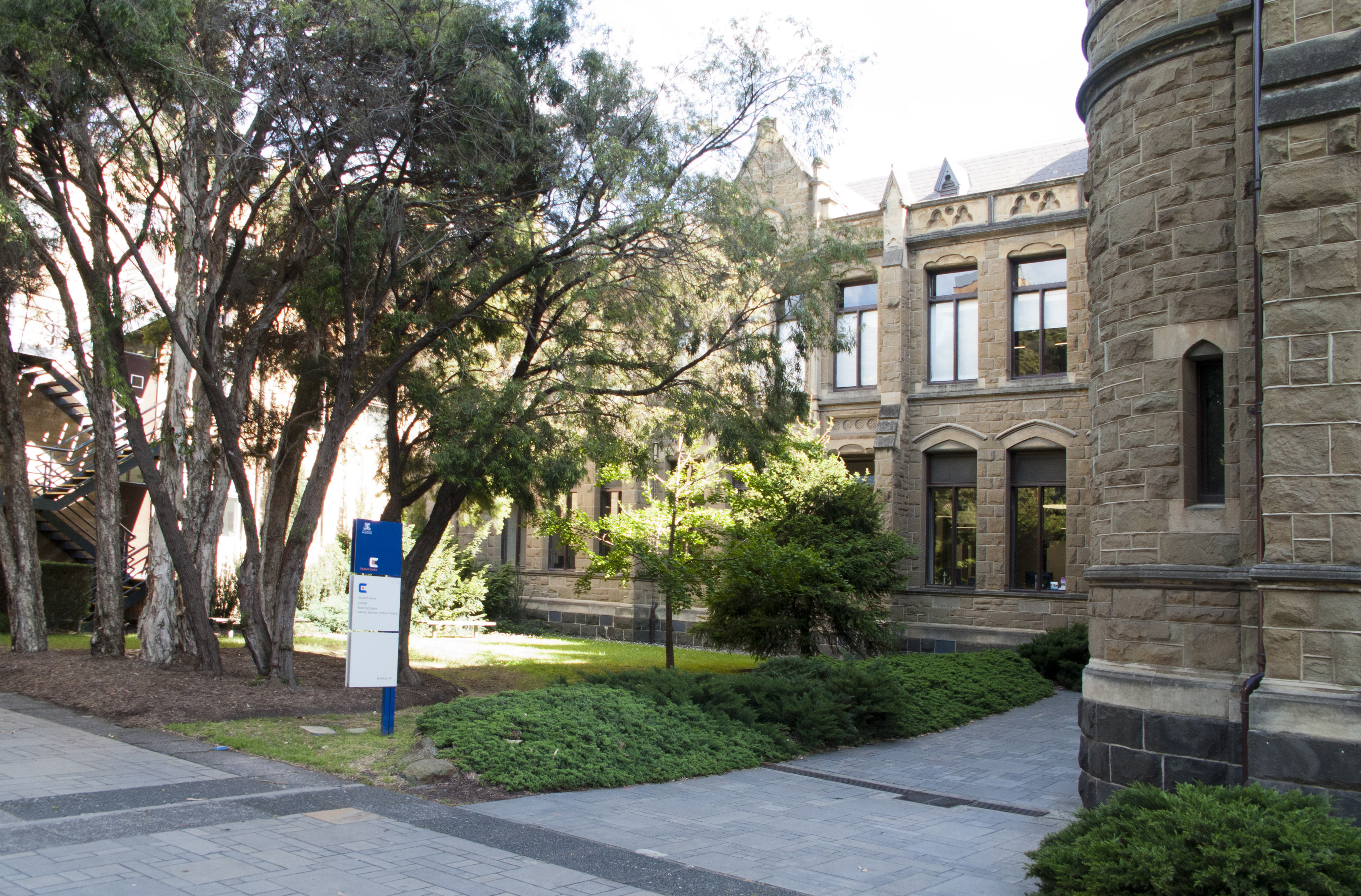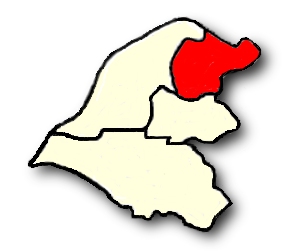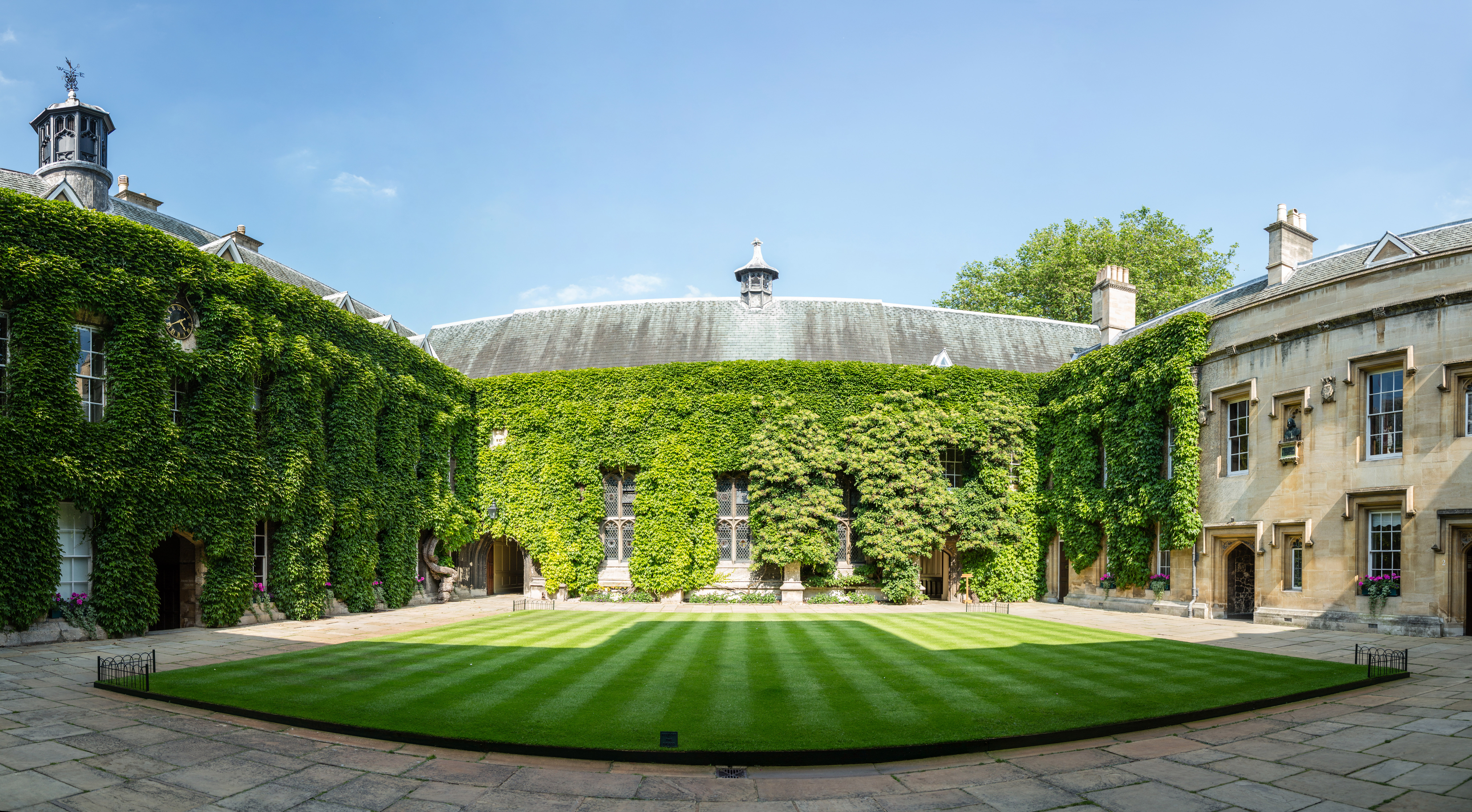|
W. Baldwin Spencer
Sir Walter Baldwin Spencer (23 June 1860 – 14 July 1929), commonly referred to as Baldwin Spencer, was a British-Australian evolutionary biologist, anthropologist and ethnologist. He is known for his fieldwork with Aboriginal peoples in Central Australia, contributions to the study of ethnography, and academic collaborations with Frank Gillen. Spencer introduced the study of zoology at the University of Melbourne and held the title of Emeritus Professor until his death in 1929. He was elected a Fellow of the Royal Society in 1900 and knighted in 1916. Early life and education Spencer was born on 23 June 1860 in Stretford, Lancashire, England to Martha (née Circuit) and Rueben Spencer. He was educated at Old Trafford school and Manchester School of Art, where he received training in drawing. In 1879, Spencer began study at Owens College (University of Manchester), where he first developed an interest in evolutionary biology. In 1884, he obtained a BA in biology ... [...More Info...] [...Related Items...] OR: [Wikipedia] [Google] [Baidu] |
Stretford
Stretford is a market town in Trafford, Greater Manchester, England. It is situated on flat ground between the River Mersey and the Manchester Ship Canal, south of Manchester city centre, south of Salford and north-east of Altrincham. Stretford borders Chorlton-cum-Hardy to the east, Moss Side and Whalley Range to the south-east, Hulme to the north-east, Urmston to the west, Salford to the north, and Sale to the south. The Bridgewater Canal bisects the town. Within the boundaries of the historic county of Lancashire, Stretford was an agricultural village in the 19th century; it was known locally as ''Porkhampton'', due to the large number of pigs produced for the Manchester market. It was also an extensive market-gardening area, producing more than of vegetables each week for sale in Manchester by 1845. The arrival of the Manchester Ship Canal in 1894, and the subsequent development of the Trafford Park industrial estate, accelerated the industrialisation that had begu ... [...More Info...] [...Related Items...] OR: [Wikipedia] [Google] [Baidu] |
University Of Oxford
, mottoeng = The Lord is my light , established = , endowment = £6.1 billion (including colleges) (2019) , budget = £2.145 billion (2019–20) , chancellor = The Lord Patten of Barnes , vice_chancellor = Louise Richardson , students = 24,515 (2019) , undergrad = 11,955 , postgrad = 12,010 , other = 541 (2017) , city = Oxford , country = England , coordinates = , campus_type = University town , athletics_affiliations = Blue (university sport) , logo_size = 250px , website = , logo = University of Oxford.svg , colours = Oxford Blue , faculty = 6,995 (2020) , academic_affiliations = , The University of Oxford is a collegiate research university in Oxf ... [...More Info...] [...Related Items...] OR: [Wikipedia] [Google] [Baidu] |
Francis James Gillen
Francis James Gillen (28 October 1855 – 5 June 1912), also known as Frank Gillen and F. J. Gillen, was an early Australian anthropologist and ethnologist. He is known for his work with W. Baldwin Spencer, including their seminal work ''The Native Tribes of Central Australia'' (1899). They both worked in central Australia, where Gillen was employed as a telegraph station master, with the Arrernte people and other Indigenous Australians. Life and career Francis James Gillen was born on 28 October 1855 at Little Para, South Australia, the eldest son of Thomas Gillen and Bridget (née McCan). He was also known as Frank. He entered the public service in 1867, and was employed as a postal messenger at Clare. He was transferred to Adelaide in 1871 where his duties also included telegraph operation. In 1875, Gillen became involved in the construction of the Australian Overland Telegraph Line, and was stationed at Charlotte Waters telegraph station from 1875 to 1892. He wa ... [...More Info...] [...Related Items...] OR: [Wikipedia] [Google] [Baidu] |
Adelaide
Adelaide ( ) is the capital city of South Australia, the state's largest city and the fifth-most populous city in Australia. "Adelaide" may refer to either Greater Adelaide (including the Adelaide Hills) or the Adelaide city centre. The demonym ''Adelaidean'' is used to denote the city and the residents of Adelaide. The Traditional Owners of the Adelaide region are the Kaurna people. The area of the city centre and surrounding parklands is called ' in the Kaurna language. Adelaide is situated on the Adelaide Plains north of the Fleurieu Peninsula, between the Gulf St Vincent in the west and the Mount Lofty Ranges in the east. Its metropolitan area extends from the coast to the foothills of the Mount Lofty Ranges, and stretches from Gawler in the north to Sellicks Beach in the south. Named in honour of Queen Adelaide, the city was founded in 1836 as the planned capital for the only freely-settled British province in Australia. Colonel William Light, one of Adelaide's foun ... [...More Info...] [...Related Items...] OR: [Wikipedia] [Google] [Baidu] |
Australian And New Zealand Association For The Advancement Of Science
The Australian and New Zealand Association for the Advancement of Science (ANZAAS) is an organisation that was founded in 1888 as the Australasian Association for the Advancement of Science to promote science. It was modelled on the British Association for the Advancement of Science. For many years, its annual meetings were a popular and influential way of promoting science in Australia and New Zealand. The current name has been used since 1930. History Two of its founders include Archibald Liversidge and Horatio George Anthony Wright. In the 1990s, membership and attendance at the annual meetings decreased as specialised scientific societies increased in popularity. Proposals to close the Association were discussed, but it continued after closing its office in Adelaide. It now operates on a smaller scale but is beginning to grow. The Annual Meetings are no longer held. It holds lectures, for the medals and for other named lectures, both nationally and at state level. Each ... [...More Info...] [...Related Items...] OR: [Wikipedia] [Google] [Baidu] |
Field Naturalists Club Of Victoria
The Field Naturalists Club of Victoria (FNCV) is an Australian natural history and conservation organisation. It was founded in May 1880 by a group of nature enthusiasts that included Thomas Pennington Lucas. Sophie C. Ducker,Lucas, Arthur Henry Shakespeare (1853 - 1936), ''Australian Dictionary of Biography'', Volume 10, MUP, 1986, pp 163-164. Retrieved 2009-09-19 Charles French and Dudley Best.Gary Presland (2016) ''Understanding our natural world: the Field Naturalists Club of Victoria 1880-2015.'' Melbourne: Field Naturalists Club of Victoria It is the oldest conservation group in ustralia Since 1884 it has published a journal, ''The Victorian Naturalist'', which is issued six times a year. Currently there are eight special interest groups (SIGs) within the FNCV, these are Botany, Fauna Survey, Fungi, Geology, Juniors, Marine Research, Microscopy and Terrestrial Invertebrates. The club also has a Day Group. The FNCV is situated at 1 Gardenia St, Blackburn, in Melbourne's ... [...More Info...] [...Related Items...] OR: [Wikipedia] [Google] [Baidu] |
Royal Society Of Victoria
The Royal Society of Victoria (RSV) is the oldest scientific society in the state of Victoria in Australia. Foundation In 1854 two organisations formed with similar aims and membership, these being ''The Philosophical Society of Victoria'' (founded 15 June, 1854, inaugural president Andrew Clarke) and ''The Victorian Institute for the Advancement of Science'' (founded 12 August, 1854, inaugural president Justice Sir Redmond Barry). These two merged in July 1855 to form the Philosophical Institute of Victoria, with Clarke as the inaugural president. The Philosophical Institute received Royal Charter in 1859, and the first president of the freshly renamed Royal Society of Victoria was Ferdinand von Mueller (later Baron Sir Ferdinand von Mueller), then Victoria's Government Botanist. In 1860 the RSV organised the ill-fated Burke and Wills expedition under the Presidency of Victorian Governor Sir Henry Barkly. Activities The Society has played an important role in the life of Mel ... [...More Info...] [...Related Items...] OR: [Wikipedia] [Google] [Baidu] |
The University Of Melbourne
The University of Melbourne is a public research university located in Melbourne, Australia. Founded in 1853, it is Australia's second oldest university and the oldest in Victoria. Its main campus is located in Parkville, an inner suburb north of Melbourne's central business district, with several other campuses located across Victoria. Incorporated in the 19th century by the colony of Victoria, the University of Melbourne is one of Australia's six sandstone universities and a member of the Group of Eight, Universitas 21, Washington University's McDonnell International Scholars Academy, and the Association of Pacific Rim Universities. Since 1872, many residential colleges have become affiliated with the university, providing accommodation for students and faculty, and academic, sporting and cultural programs. There are ten colleges located on the main campus and in nearby suburbs. The university comprises ten separate academic units and is associated with numerous institut ... [...More Info...] [...Related Items...] OR: [Wikipedia] [Google] [Baidu] |
Parietal Eye
A parietal eye, also known as a third eye or pineal eye, is a part of the epithalamus present in some vertebrates. The eye is located at the top of the head, is photoreceptive and is associated with the pineal gland, regulating circadian rhythmicity and hormone production for thermoregulation. The hole in the head which contains the eye is known as a pineal foramen or parietal foramen, since it is often enclosed by the parietal bones. Presence in various animals The parietal eye is found in the tuatara, most lizards, frogs, salamanders, certain bony fish, sharks, and lampreys. It is absent in mammals, but was present in their closest extinct relatives, the therapsids, suggesting it was lost during the course of the mammalian evolution due to it being useless in endothermic animals. It is also absent in the ancestrally endothermic ("warm-blooded") archosaurs such as birds. The parietal eye is also lost in ectothermic ("cold-blooded") archosaurs like crocodilians, and in turtles, ... [...More Info...] [...Related Items...] OR: [Wikipedia] [Google] [Baidu] |
Lincoln College, Oxford
Lincoln College (formally, The College of the Blessed Mary and All Saints, Lincoln) is one of the constituent colleges of the University of Oxford, situated on Turl Street in central Oxford. Lincoln was founded in 1427 by Richard Fleming, the then Bishop of Lincoln. Notable alumni include the physician John Radcliffe, the founder of Methodism John Wesley, antibiotics scientists Howard Florey, Edward Abraham, and Norman Heatley, writers Theodor Seuss Geisel (Dr. Seuss) and David John Moore Cornwell (John le Carré), the journalist Rachel Maddow, and the current British Prime Minister Rishi Sunak. Mensa was founded at Lincoln College in 1946. Lincoln College has one of the oldest working medieval kitchens in the UK. History Founding Richard Fleming, the then Bishop of Lincoln, founded the College in order to combat the Lollard teachings of John Wyclif. He intended it to be "a little college of true students of theology who would defend the mysteries of Scripture against t ... [...More Info...] [...Related Items...] OR: [Wikipedia] [Google] [Baidu] |
Pitt Rivers Museum
Pitt Rivers Museum is a museum displaying the archaeological and anthropological collections of the University of Oxford in England. The museum is located to the east of the Oxford University Museum of Natural History, and can only be accessed through that building. The museum was founded in 1884 by Augustus Pitt Rivers, who donated his private collection to the University of Oxford with the condition that a permanent lecturer in anthropology must be appointed. Edward Burnett Tylor thereby became the first lecturer in anthropology in the UK following his appointment to the post of Reader in Anthropology in 1885. Museum staff are still involved in teaching archaeology and anthropology at the university. The first curator of the museum was Henry Balfour. A second stipulation in the Deed of Gift was that a building should be provided to house the collection and used for no other purpose. The university therefore engaged Thomas Manly Deane, son of Thomas Newenham Deane who, together ... [...More Info...] [...Related Items...] OR: [Wikipedia] [Google] [Baidu] |








